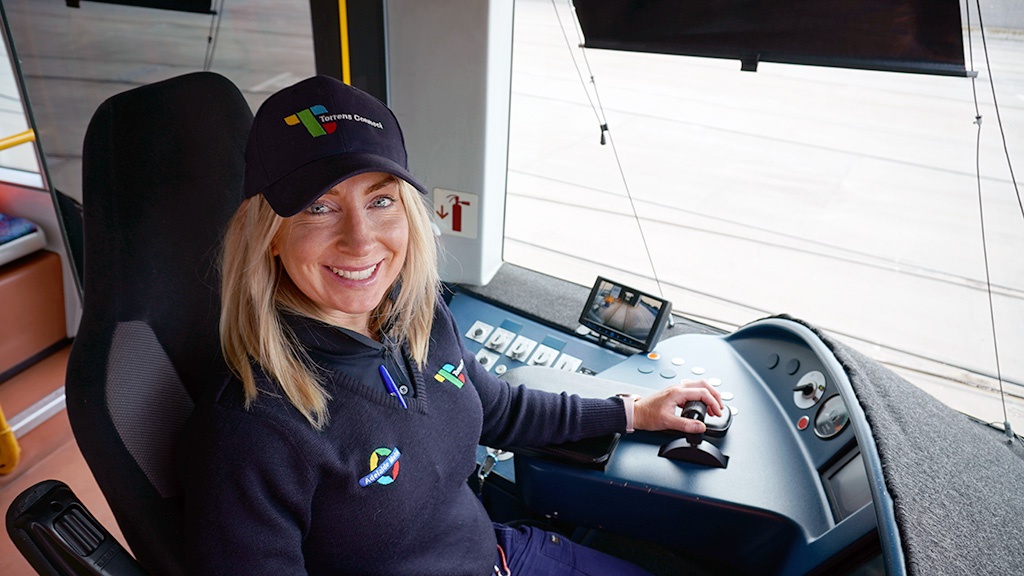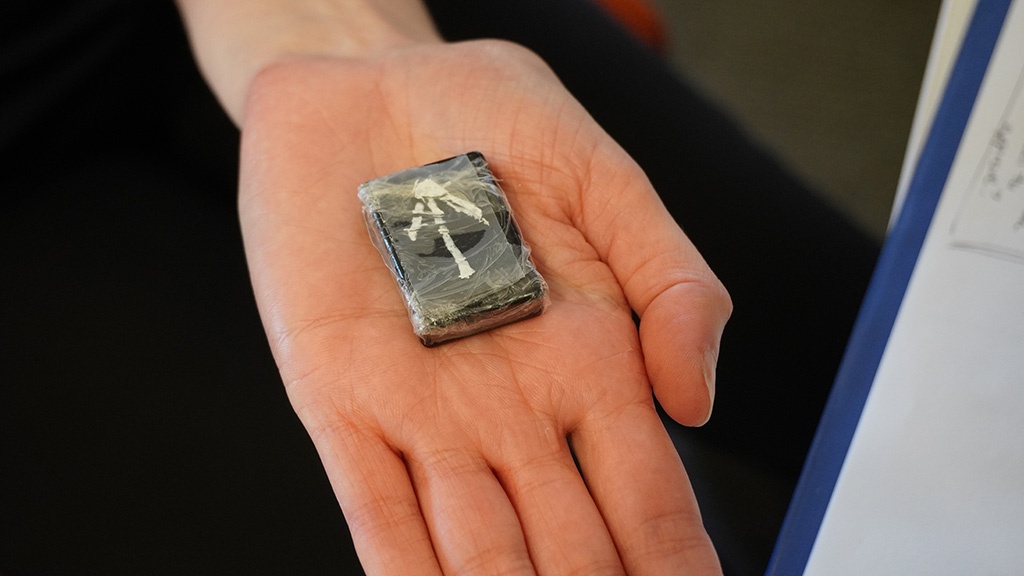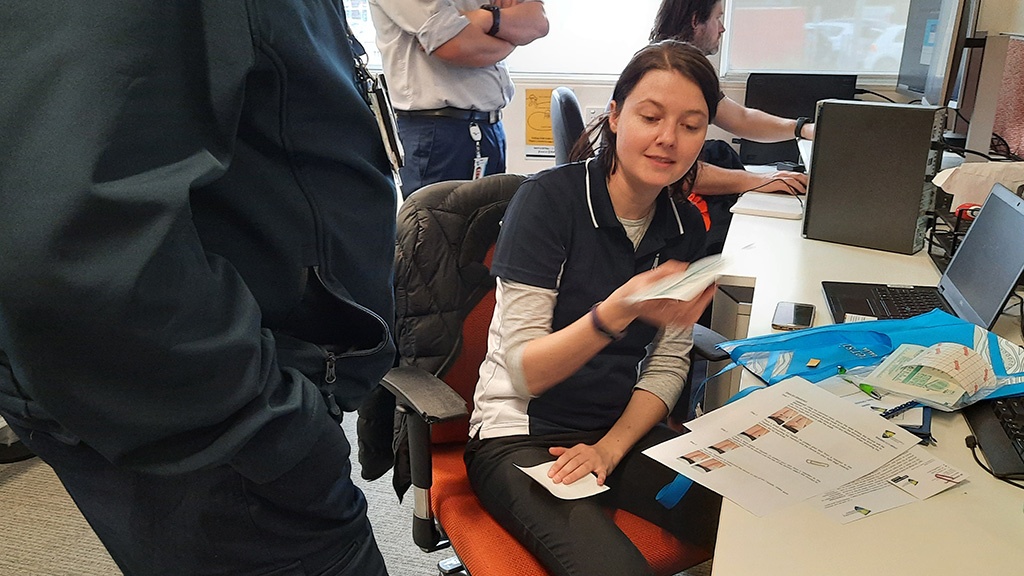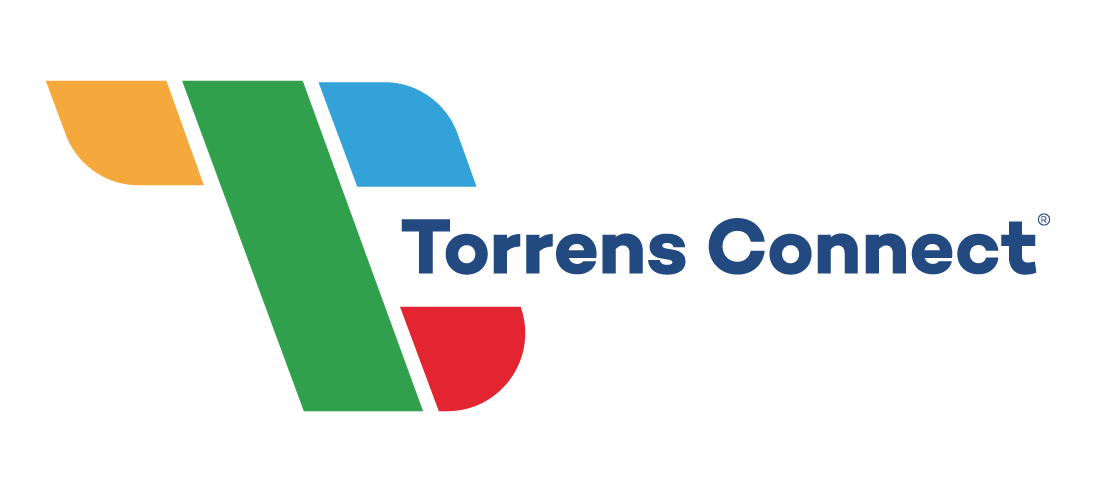Torrens Connect is working with CQUniversity looking at how movement can be increased for rail industry workers.

There is an increasing awareness of the health risks associated with sedentary jobs – such as being a tram operator – so Torrens Connect was very excited at being approached by researchers at CQUniversity to be involved in their latest project.
According to Dr Stephanie Chappel from CQUniversity’s Appleton Institute in Adelaide, there has been lots of research into how people can increase the amount of movement in their working day, but very little research into how this can be implemented for workers where there are very tight schedules – such as those in the rail industry where strict adherence to start times and meal breaks is necessary to meet service timetable requirements.
The aim of the study is to see how tram, train and freight drivers might be able to increase movement during their tightly scheduled workdays. Dr Chappel and her colleagues’ research is based around what’s been dubbed the ‘Goldilocks Work Paradigm’ because it’s all about “finding that ‘just right’ balance of movement and recovery”.
“We want to see if we can increase movement and not be so sedentary, which is quite difficult as driving implies sitting,” says Dr Chappel. “The goal at the end is really to have an idea about how we might be able to introduce movement.”
The project will be conducted over the next 2 years with several distinct phases. At the moment, researchers are trying to gather data about how much tram operators currently move during their normal working day – establishing what’s ‘normal’.
So far, approximately 20 of Torrens Connect’s tram operators agreed to assist with collecting data that will help to build a baseline for the research.
These operators were provided with tiny waterproof data loggers that they had to fix to their right thigh and wear for 8 days.

Unlike popular wrist-worn fitness trackers, the data loggers capture changes of posture which can then be used to determine whether the wearer was sitting, walking, running, lying down, etc.
Operators also completed a log book so that their activities at work and home can be distinguished.
Phase 2 of the project will involve observing operators to determine exactly what tasks are undertaken, matching that to precise movements, and identifying how that is accumulated.
The third and final phase will bring people together for workshops that will introduce the principles of the paradigm and ask participants to work together to determine if and how they might redesign their jobs to increase the amount of movement undertaken.
The end result intends not to have any impact on productivity, but potentially to increase it, as any increased movement should become a normal part of work undertaken.
“A lot of this work is being done in the Netherlands with a lot with quite active workplaces: childcare, healthcare settings, as well some industrial companies. Their focus is often on reducing movement in quite flexible settings that are not structured that you must do this at this time,” says Dr Chappel.
“We’re coming at it to see if we can bring this kind of idea into a very strict tight-working occupation. Because if can, then what job can it not be applied to?”

